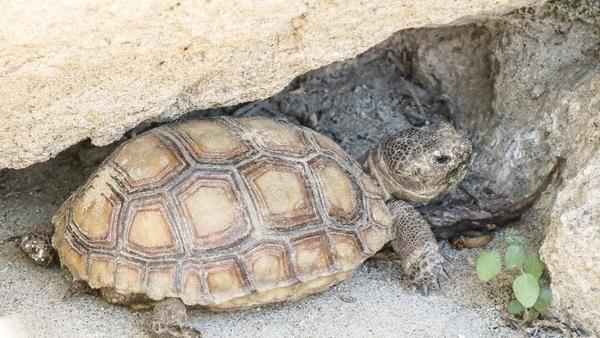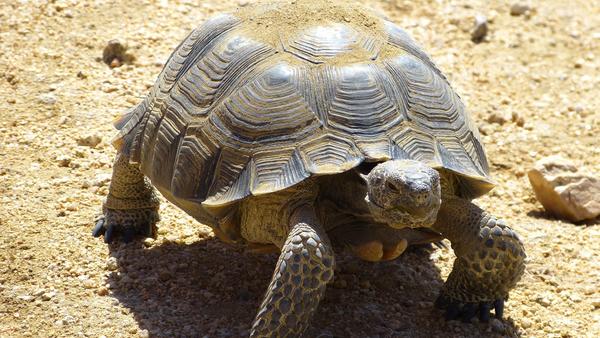Protecting All Things
“We abuse land because we regard it as a commodity belonging to us. When we see land as a community to which we belong, we may begin to use it with love and respect.” — Aldo Leopold
In 1973, then-President Richard Nixon signed a series of laws that could have, should have, established the United States as a world leader, a paragon that all others would emulate, for protecting our planet. Each law was nearly unanimously approved by both Republicans and Democrats in the Senate and the House. The Clean Air Act, Clean Water Act, and the Endangered Species Act. Science-based approaches that would ensure that as a people we would all live in a healthy world, secure with the knowledge that all life would receive protection forever.
But we became complacent. People were encouraged to distrust science, especially if the science got in the way of short-term riches. The right to pursue greed has overwhelmed sane planning for a sustainable forever. Now we (still) have toxic water in Flint, Michigan; Los Angeles smog choking the air; and dumping tons upon tons of invasive grass-fertilizing nitrogen on our deserts; and climate change.
Yet some still cling to the hope that laws such as the Endangered Species Act (ESA) will create a legal nexus to reverse climate change. In 2008, polar bears were listed as threatened under the ESA, specifically because of climate change. The bears require sea ice to hunt seals. No sea ice, no seals to hunt, and there will then be many fewer polar bears. Climate change continues to erode the arctic sea ice. Protecting the bears requires stopping and reversing climate change. How’s that been working?
The current iteration is to list Joshua trees under the Federal ESA and California ESA. Joshua trees are clearly endangered by a hotter, more arid desert (aka, climate change), and they are being impacted by suburban sprawl along with industrial-scale solar energy development. The conundrum is that climate change will require an “all hands on deck” approach, including a shift to carbon-free energy as soon as possible. While rooftop solar is by far the better path, in the near-term industrial solar will still be part of the solution. So, will an ESA listing for Joshua trees impede a shift to greener energy?
It’s not just Joshua trees. Desert tortoise populations are also being severely endangered by increased heat and aridity and are being impacted by industrial solar facilities.
Desert tortoises are a poster species for the ESA, sometimes being inept at dealing with diffuse issues across broad landscapes. Listed under the ESA April 2, 1990, tortoise populations have been in a tailspin ever since. The problem has been a demise from “a thousand cuts." Poor nutritional quality invasive non-native grasses (remember L.A. smog) out-competing more nutritious native plants, wildfire due to the fuels created by the grasses, habitat fragmentation from roads and freeways, disease, trash, development of industrial scale projects (including solar energy) and climate change. The ESA is an excellent tool for focused actions: protect that sand dune, that meadow, or that lake, but so far, the record has shown the ESA to often be anemic for these broad and diffuse threats.
So, what then is the solution? Polar bears, Joshua trees, and desert tortoises (and others) need protection to survive. The ESA may be the best available tool, but the act of listing a species alone will not provide any assurances that these species will be here for future generations. The science is available to identify which regions have the best prospects of sustaining populations over the next few decades or more, and which have no real chance. If industrial solar needs to be part of a carbon-free energy future, focus that sort of development where populations are already on life support or worse and keep it away from those populations with still a chance. Tackling the broad, diffuse threats needs to be front and center, not an afterthought.
However, there is a broader issue — that we have lost that zeal we possessed in 1973 to create and maintain a healthy planet for all people and all living things. The question is can we get that back, and if so, how?
I am encouraged every time I am out in nature with the cadre of community scientists who are dedicated to helping provide the science that can inform us as to where, across this vast desert landscape, populations of plants and animals are still healthy, still recruiting new generations to replace the older ones. These folks give me hope and joy each time I lace up my hiking boots and strap on my binoculars. They see themselves as Leopold hoped, as part of a community that includes all people and all of nature. That altruistic zeal still does exist, we just need find ways to help it grow.
Nullius in verba
Go outside, tip your hat to a chuckwalla (and a cactus), think like a mountain, and be safe.

